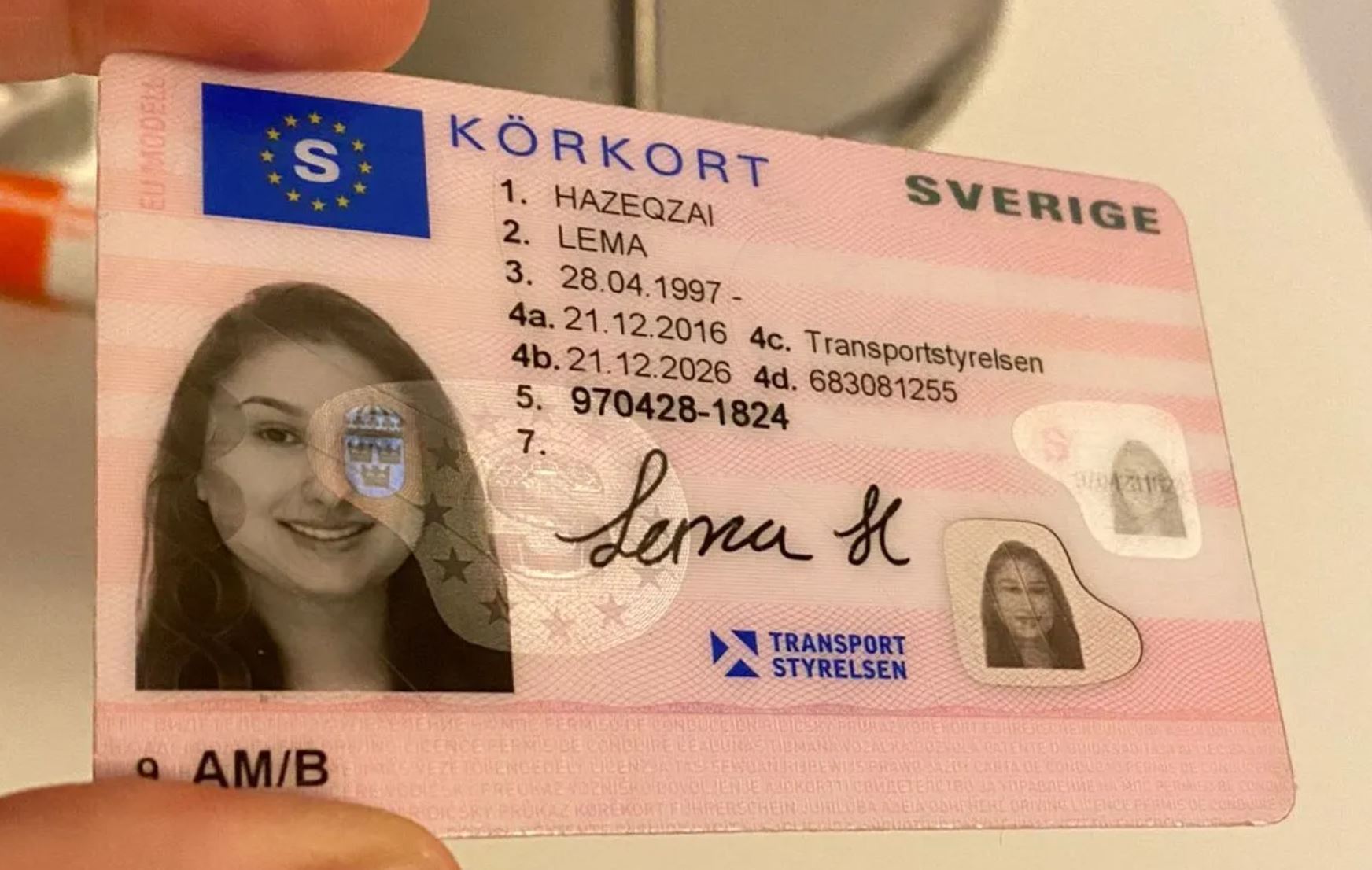Transportstyrelsen, or the Swedish Transport Agency, plays an important function in the management and regulation of various transport sectors within Sweden. Accountable for ensuring safe, efficient, and sustainable transport systems, this firm oversees a wide variety of transport modes, consisting of road, rail, air travel, and maritime. This short article looks into the company's structure, functions, guidelines, and effect on the Swedish transport landscape.
Developed mainly to simplify the management of the transport sector, Transportstyrelsen combines numerous roles related to traffic security, facilities, and ecological impact. The agency operates under the Ministry of Infrastructure and works in partnership with regional federal governments, private sector stakeholders, and international organizations.

Transportstyrelsen's duties incorporate a broad scope, which can be summarized as follows:
Regulatory Framework Development
Licensing and Registration
Traffic Safety Promotion
Sustainability Initiatives
International Collaboration
Transportstyrelsen is arranged into a number of departments, each concentrating on specific transportation methods:
This structure permits specialization and focused efforts in handling the varied aspects of transportation within Sweden while guaranteeing that all departments work collaboratively toward typical objectives.
| Department | Key Responsibilities |
|---|---|
| Roadway Traffic Department | Manages motorist licensing, automobile registration, and road security policies. |
| Train Department | Supervises railway safety, facilities development, and körkort Online test service quality. |
| Maritime and Air Traffic Department | Controls shipping and aviation, making sure compliance with security standards. |
| Environment and Sustainability Department | Addresses transport-related ecological issues and promotes sustainability practices. |
| Financial Analysis and Strategy Department | Conducts economic analyses to inform policy and strategy on transport initiatives. |
Transportstyrelsen's impact on the Swedish transportation system is profound. The company's policies and policies shape the security, performance, and environmental impact of transport in Sweden. Key contributions include:
To ensure compliance with Transportstyrelsen's policies, stakeholders in the transport sector must stick to various standards and requirements. This consists of getting required licenses, going through examinations, and sending reports on safety performance.
Infractions of these policies can lead to substantial penalties, including fines and the cancellation of licenses or licenses.
What is Transportstyrelsen?Transportstyrelsen, or the Swedish Transport Agency, is the federal government authority accountable for regulating all elements of transport in Sweden, including road, rail, maritime, and air travel sectors. How does Transportstyrelsenmake sure safety in transportation?The company develops and implements guidelines, conducts research, and implements safety projects to promote safe transport practices amongst all roadway users. What kinds of vehicles does Transportstyrelsen regulate?Transportstyrelsen regulates a vast array of cars, including automobile, business cars, motorbikes, airplane, and maritime
vessels. How can I get in touch with Transportstyrelsen?Transportstyrelsen can be contacted via their main site where numerous resources, contact information, and types for inquiries are provided.
Exists an appeal procedure for licensing decisions made by Transportstyrelsen?Yes, people and companies can appeal decisions made by Transportstyrelsen concerning licenses and policies as outlined in their official guidelines. Transportstyrelsen is an integral part of Sweden's transport landscape, making sure that the systems in place are not only effective and efficient however likewise safe and ecologically mindful. Its complex obligations, from regulation to public safety, establish a framework that benefits both the Swedish population and the more comprehensive transport network. Understanding Transportstyrelsen's roles and functions helps stakeholders navigate the intricacies of the transport sector, cultivating compliance and promoting improvements needed for future sustainability.
No Data Found!

